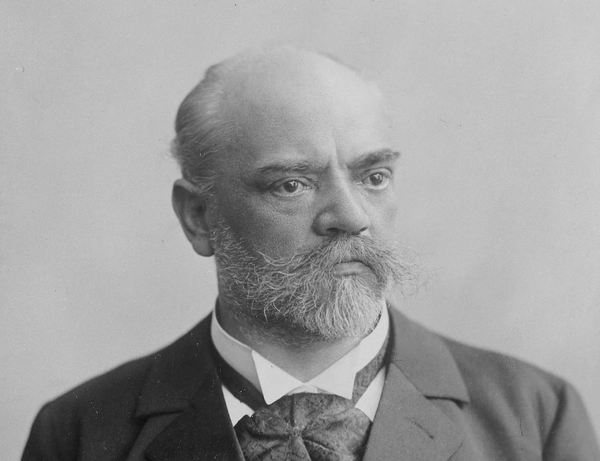Not Just for Halftime: Marching Bands as Entertainment Powerhouses

Marching bands have evolved far beyond their traditional role of providing intermission entertainment at football games. These musical ensembles now command massive audiences and compete for national recognition on the same scale as major performance organizations.
The transformation began during the 1970s when bands started incorporating complex choreography, elaborate props, and theatrical elements into their performances. What started as simple military-style formations has grown into full-scale productions that rival Broadway shows in their complexity and entertainment value.
HBCU Bands Leading the Charge
Historically Black Colleges and Universities have revolutionized marching band culture through their innovative approach to performance and showmanship. HBCU bands such as Southern University's Human Jukebox, Grambling State's Tiger Marching Band, and Florida A&M's Marching 100 perform for millions of fans annually, acting as brand ambassadors for their institutions.
These performances are characterized by high-energy dancing, intricate formations, and crowd engagement, earning them national television appearances and invitations to major events. Southern University's Human Jukebox gained national attention for their ability to transform any song into a high-energy performance, while Grambling State's Tiger Marching Band became famous for their precision and creativity in incorporating theatrical elements.
Despite challenges such as limited budgets and increasing travel costs, these bands continue to innovate and set standards in showmanship. Florida A&M's Marching 100 has maintained their influence on marching band culture through their commitment to innovative arrangements and dynamic performances.
Modern Entertainment Applications
The success of collegiate programs has paved the way for professional marching band ensembles that specialize in private events, corporate functions, and entertainment venues. These groups adapt the high-energy performance style of traditional marching bands for weddings, parades, festivals, and corporate gatherings, bringing the excitement of halftime shows to any occasion.
Contemporary ensembles often blend brass and percussion with modern genres like hip-hop, rap, pop, and R&B, creating performances that appeal to diverse audiences. This evolution has opened new revenue streams and career opportunities for musicians trained in marching arts.
Competition Circuit Dominance
The Drum Corps International circuit represents the pinnacle of marching arts competition. Groups like the Blue Devils, Santa Clara Vanguard, and Carolina Crown operate as highly organized performance organizations with coaching staffs, training facilities, and corporate sponsorships.
These organizations operate like professional entertainment companies, with members undergoing rigorous auditions and training camps, dedicating their entire summers to perfecting their craft.
The Blue Devils have won multiple DCI World Championships through their innovative use of technology and props. Their productions incorporate projection mapping and electronic music elements that push the boundaries of traditional marching band performance.
Santa Clara Vanguard revolutionized the activity by introducing contemporary music and unconventional staging. Their willingness to take artistic risks has earned them critical acclaim and a devoted following among marching arts enthusiasts.
High School Powerhouses
High school marching bands are a major force in the U.S., with an estimated 20,000 high school bands nationwide. Several programs have achieved national recognition for their exceptional performances and competitive success. These schools often serve as feeder programs for major university bands and drum corps organizations.
Broken Arrow High School in Oklahoma has built a reputation as one of the most successful high school marching programs in the country. Their massive band, often exceeding 350 members, performs complex shows that rival those of major college programs.
The Woodlands High School in Texas consistently ranks among the top bands in the nation through their commitment to musical excellence and visual innovation. Their performances at national championships have set new standards for high school marching band competition.
Carmel High School in Indiana has dominated the Bands of America circuit for decades. Their consistent success stems from a culture of excellence that permeates every aspect of their program.
Television and Media Impact
Marching bands have found new audiences through television programming and social media platforms. Shows like "Drumline Live" and documentaries about HBCU band culture have introduced marching arts to mainstream audiences.
Documentary productions have showcased the dedication and artistry required to compete at the highest levels of marching band competition. These productions have helped legitimize marching bands as serious entertainment rather than simple novelty acts.
Social media platforms have allowed individual bands to build massive followings. Viral videos of exceptional performances have garnered significant viewership, creating new opportunities for recruitment and fundraising.
Economic Impact
Major marching band competitions generate significant economic activity for host cities. Large-scale national championships attract substantial numbers of visitors, contributing to local economies through hotel bookings, dining, and tourism spending.
Corporate sponsorships have become essential revenue streams for competitive programs. Companies like Yamaha, Jupiter, and System Blue invest heavily in supporting marching arts organizations.
The Rose Bowl parade generates substantial economic activity, with marching bands serving as one of the primary attractions for television audiences and live spectators.
Training and Development
Modern marching band programs operate year-round training schedules that rival those of professional athletic organizations. Members typically spend significant hours per week in rehearsals during peak season.
Specialized instructional staff includes drill designers, music arrangers, visual coordinators, and equipment technicians. These professionals often work with multiple programs throughout the season, creating a network of expertise across the marching arts community.
Summer training camps have become intensive experiences that prepare members for the physical and mental demands of the competition season. These camps often last several weeks and include daily rehearsals, physical conditioning, and performance workshops.
Future of Marching Arts
Technology continues to reshape marching band performances through innovations in sound reinforcement, lighting design, and prop construction. Programs increasingly incorporate electronic elements and multimedia components into their shows.
The growth of indoor percussion and color guard as separate competitive activities has expanded opportunities for year-round participation in marching arts. These disciplines have developed their own competitive circuits and championship events.
International expansion of marching arts has created new opportunities for cultural exchange and competition. Programs from Japan, Europe, and other regions now regularly compete alongside American organizations. Artists like Tayc, the king of R&B in France, who are taking Afro music globally, demonstrate how global musical influences are shaping contemporary performance styles, inspiring marching bands to incorporate diverse cultural elements into their shows.
Marching bands have successfully transformed from simple halftime entertainment into sophisticated artistic enterprises that command respect and attention on their own merits. Their continued evolution ensures they will remain relevant entertainment options for decades to come.





